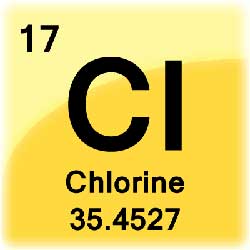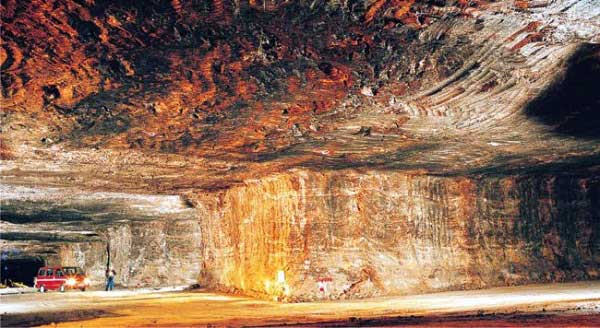 |
What is Chlorine? |
Chlorine is one of the most popular and most frequently used chemical substances. Its properties make this substance unusually versatile, even though it is a very dangerous substance. Most of us come into contact with it every day, often without realizing it.

The history of the discovery of chlorine
Chlorine in its pure form was discovered in 1774 by the German-Swedish chemist Carl Wilhelm Scheele. It was obtained by reacting manganese(IV) oxide with hydrochloric acid. Carl Scheele was initially of the opinion that he had discovered an oxygen-containing compound. The name "chlorine" was not given to this substance until 1810 by Humphri Davy, who declared that Carl had discovered an element.
Liquid chlorine was not successfully produced until 1823 by the English chemist Michael Faraday. The Polish name chlorine comes from Filip Walter, who specialized in chemical nomenclature. Since then, chlorine has become an integral part of many areas of human life and has numerous applications.
Occurrence and production of chlorine
Chlorine is the 11th most abundant element in the earth's crust. Compounds of this element are mainly associated with its occurrence in nature, where it only occurs in the form of the chloride ion Cl- in an amount of 0.19% (by weight). They are mainly found in the oceans. Chloride ions make up about 1.9% of the mass of all the world's oceans. They are also found in the salty water of lakes and in underground salt deposits.
Chloride-containing minerals include sylvinite (potassium chloride), halite (rock salt) and carnalite (hydrated double chloride of potassium and magnesium). More than 2,000 different chlorine-based compounds also occur naturally in living organisms. It is also found in the human body. Chlorine compounds are found, for example, in the skin, blood, teeth and tears. The chlorine contained in white blood cells helps to fight infections. Chloride ions are also contained in hydrochloric acid, which is a digestive enzyme in the stomach.

Image.. the Salt Association
Free chlorine classically occurs as a diatomic molecule Cl2. In compounds, however, it occurs in oxidation states from -I to VII. It is a chemically active element that combines with hydrogen to form hydrogen chloride when exposed to scattered sunlight. Under suitable conditions, it also combines with other elements to form various types of chlorides. We can also produce chlorine under laboratory conditions, for example by oxidizing hydrochloric acid with a strong oxidizing agent (e.g. potassium permanganate).
On an industrial scale, chlorine is mainly produced by electrolysis of an aqueous solution of sodium chloride or salt solution. As a result of the reactions carried out, we obtain chlorine molecules (Cl2) in the form of gas, but also hydrogen and a corrosive substance (usually sodium hydroxide).
Thanks to appropriately developed production technology, it is possible to separate these products and keep them away from each other due to their high reactivity. In Europe, membrane electrolysis or mercury electrolysis is the most common method. In the final production step, the chlorine is liquefied and filled into different sized pressure packs.
In a nutshell, you learned about the history of the discovery of chlorine, and in what form it occurs in nature.
Related Post(s)

By knowing the expected general corrosion rate and the anticipated plant or service life of a part, the designer can calculate the extra thickness required for corrosion resistance of the process equipment being designed...